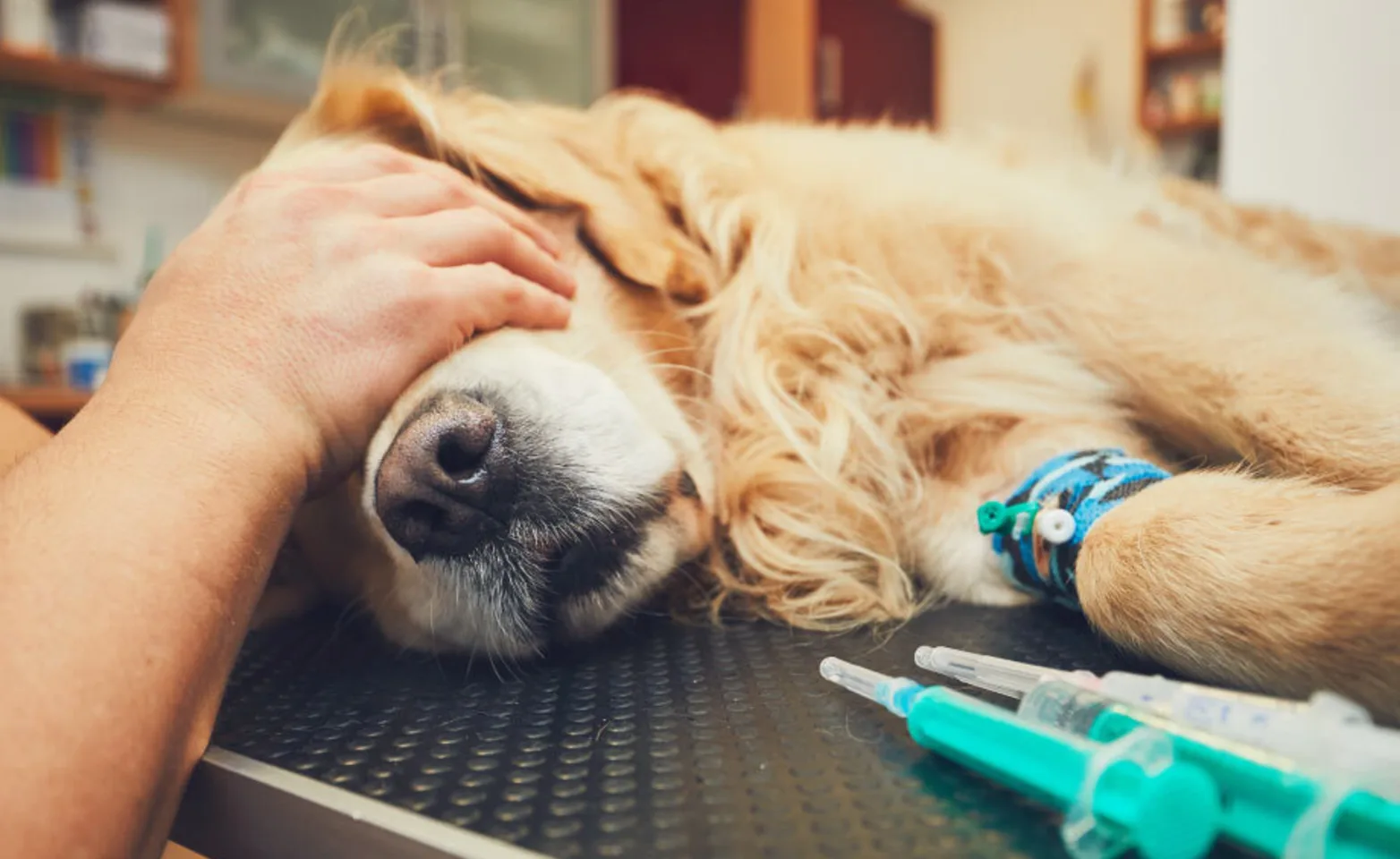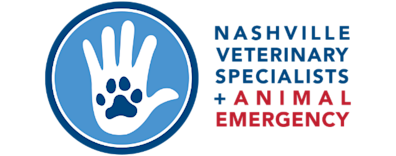Nashville Veterinary Specialists
Laparoscopic-Assisted Gastropexy to Prevent GDV
Information provided by Wesley Roach, DVM, DACVS, Nashville Veterinary Specialists
Gastric dilatation-volvulus (GDV) is a common occurrence in large and giant-breed dogs and is a fatal process unless recognized and treated quickly with surgery. Proposed causes include breed, conformation, temperament, diet, exercise associated with eating, and underlying stomach disorders. Great Danes have the highest occurrence rate at 45%.

The only universally accepted method of prevention of GDV is prophylactic gastropexy, which is recommended for any large and giant-breed dog over six months of age. Laparoscopic-assisted gastropexy is a minimally invasive version of this procedure and is now being offered at NVS.
Laparoscopy allows the gastropexy to be performed through two small incisions. The laparoscope is first introduced into the abdomen with a small incision near the umbilicus. A small instrument port is then created behind the last rib on the right. The antrum of the stomach is then grasped and permanently sutured to the right abdominal wall.
Postoperative care for patients that have laparoscopic-assisted gastropexy is straightforward – with patients going home the same day as the procedure, sutures being removed in 7-10 days, and patients being exercise restricted for 2 weeks.
The laparoscopic-assisted technique shortens the time under anesthesia, dramatically decreases the size of the incisions, provides less discomfort, and allows a faster recovery than the conventional open surgical gastropexy. In addition, this procedure can be combined with a laparoscopic ovariectomy for intact female patients.
The prognosis for dogs that have had a prophylactic gastropexy is excellent. There has never been a report of GDV in a dog that has received a prophylactic gastropexy. It is important that owners realize the stomach can still dilate with air or food after a gastropexy (10%) – requiring an orogastric tube or medical management – but cannot twist on itself (no GDV).
Overall, it is important that the owners of large and giant-breed dogs are aware of gastric dilatation-volvulus (GDV) and how it can be prevented.
